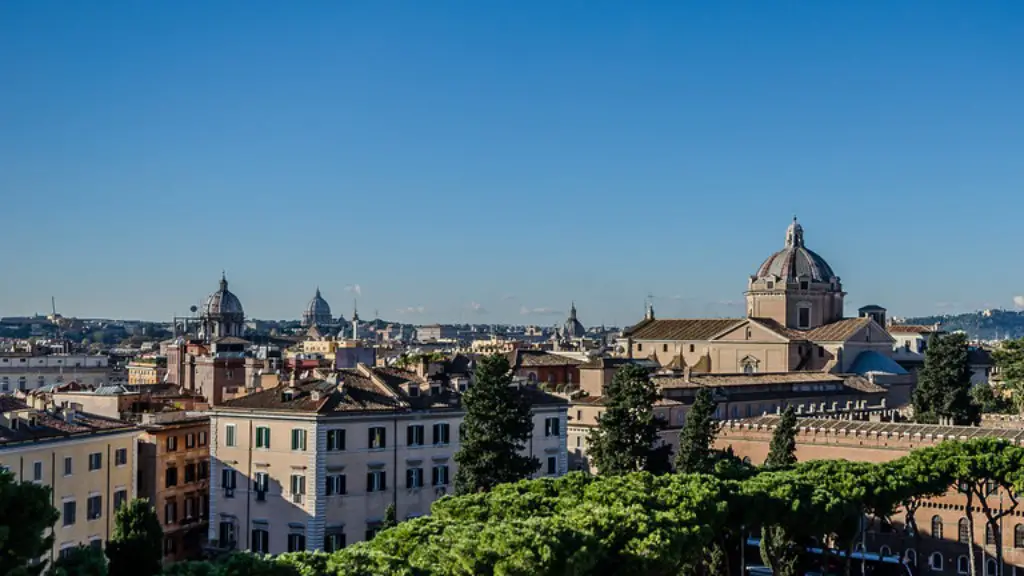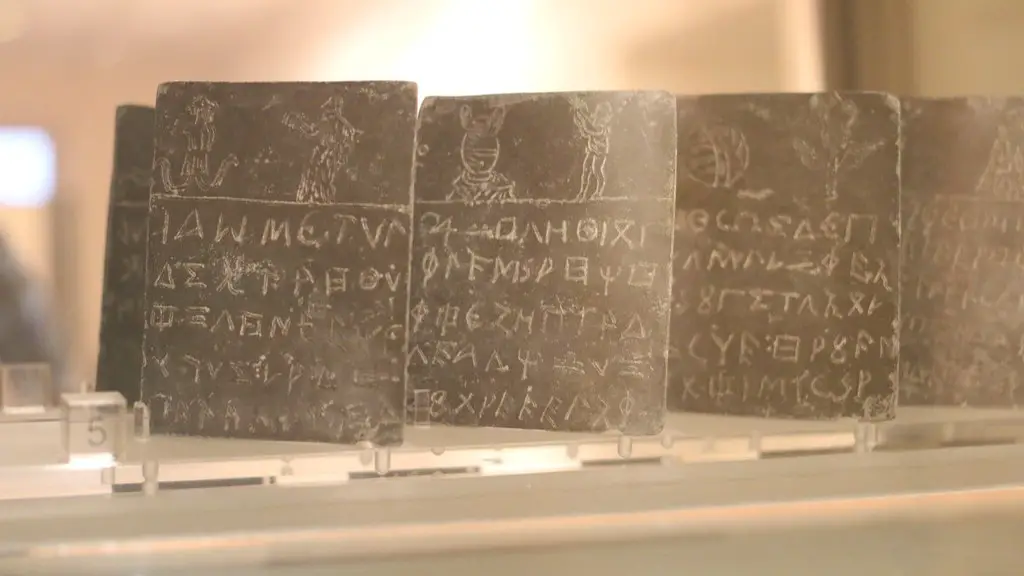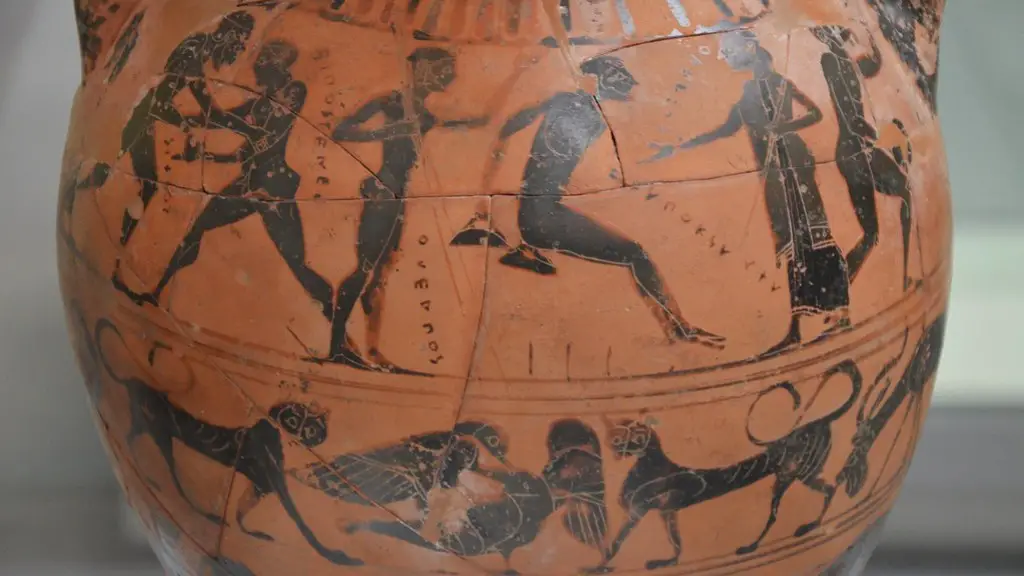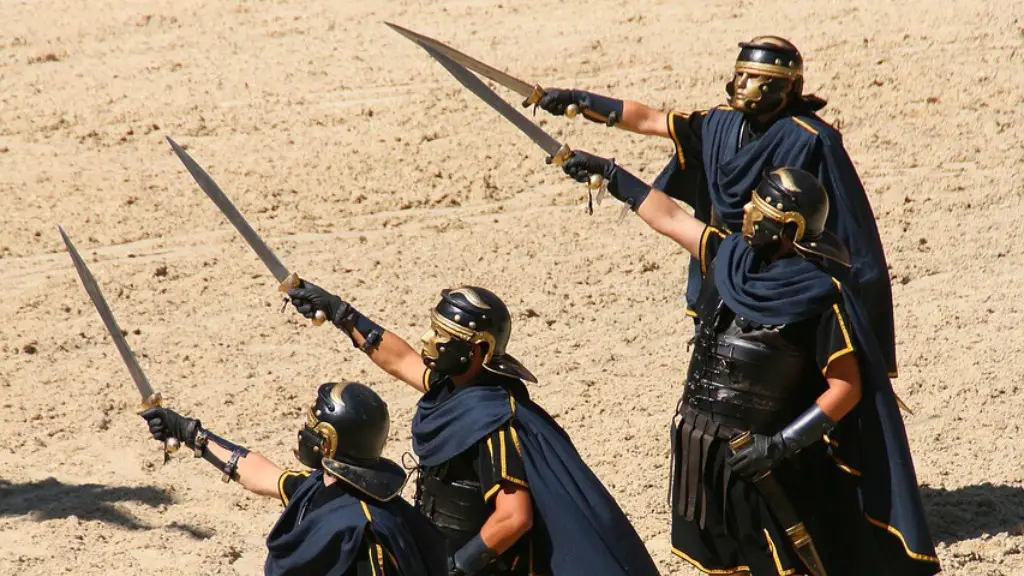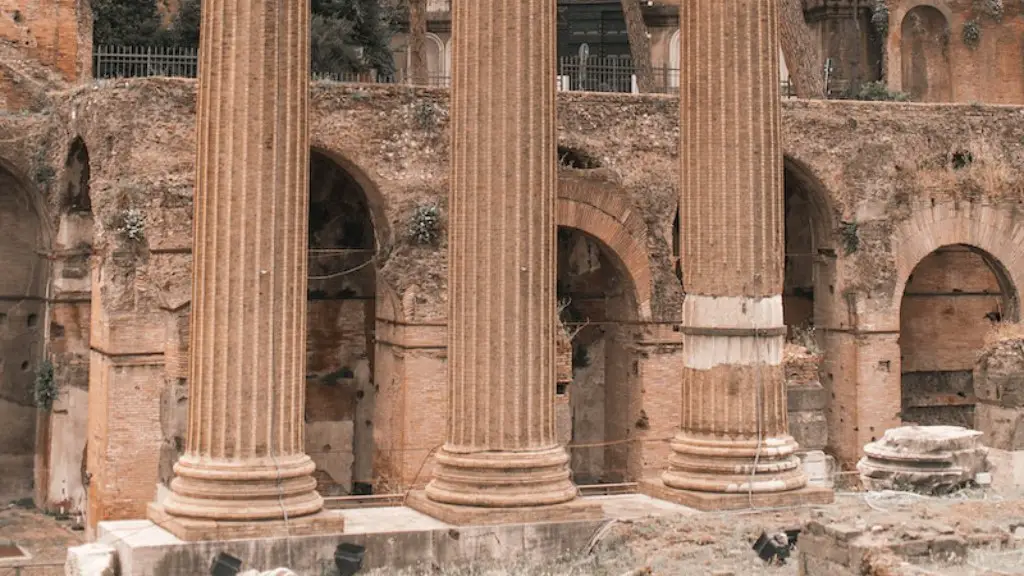Gladiators were a fascinating and exciting part of the ancient Roman culture. In fact, they were so popular with the Romans that they ran exhibition fights in which they would have men enter the arena and fight to the death. Though it can feel a bit barbaric now, the importance of gladiators to the ancient Romans was quite significant. The Romans saw such fights as a great way of showing their strength, courage and loyalty, as well as displaying their martial prowess.
Most gladiators were slaves, prisoners of war, or criminals, and they were trained to fight and kill one another. Gladiatorial fights were held in large coliseums in Rome, where the spectators watched the bloody battles from their seats as the gladiators fought to the death. It was said that even war heroes, political leaders, and other distinguished members of Roman society were in attendance at these events.
Gladiators were more than just fighters; they were also entertainers, as the prospect of death often made these events quite exciting. It was believed that their presence made these theatres where the fights were held even more thrilling and exciting. Gladiators often died in the arenas, which made them even more heroic for the Romans. By attending these fights, it was thought that people could witness and experience a slightly different version of death in a controlled environment.
Gladiatorial fights also served a political purpose. They not only allowed the ruling class to demonstrate their power and wealth, but they also allowed the ruling class to show off their martial prowess. Gladiatorial fights were used to display the superiority of the Roman culture and to remind people that they were part of a powerful empire. They showcased their dominance over the other nations they had conquered.
Although gladiatorial battles were often brutal and brutalizing, they’re still revered by many people. Gladiators have become a prominent figures in popular culture, thanks in no small part to the hit movie, Gladiator, starring Russell Crowe. Other movies, video games, and television shows have also continued to keep the legacy of the gladiators alive. Their legacy is still seen as a part of the strength, courage and loyalty displayed by ancient Romans. It is also a reminder of how far the Roman Empire had come, and of how many battles it had won.
Religion & Mythology
In addition to being a part of the Roman Empire’s military strength, gladiators were also tied to the gods and goddesses. In Roman mythology, they were believed to have descended from the gods Mars and Ares. Many believed that the gladiators’ passions and courage were reflections of the gods’ passions and courage. Gladiators were therefore venerated in a way similar to gods and goddesses, and their strength and skill were celebrated in stories, songs and poetry.
In addition to the mythology, gladiators often formed part of religious ceremonies. For instance, they may have been used as sacrifices or offerings to the gods. As well, some gladiatorial combats were dedicated to certain gods or goddesses. This is why we often see gladiators in paintings and sculptures from that period, as they were thought to be symbols of divine power.
Impact on Society
Gladiators had a wide-reaching impact on the Roman Empire and its people. Besides being seen as representatives of military strength and courage, they also served as a symbol of the elite and powerful class. This was because those who attended such events often belonged to the wealthy strata of the Roman society. For example, many nobles and senators were in attendance of gladiatorial fights.
Gladiators also impacted Roman society in a practical and real way. They made it possible for people to witness violence in a controlled environment while minimizing the social repercussions. Therefore, it was a way that allowed people to experience the consequences of violence and war, while alleviating its worst effects in society.
Downfall of Gladiators
Although gladiators were a popular spectacle for the ancient Romans, eventually the practice began to fall out of favor and by the end of the 5th century AD, it had become largely discredited. A number of factors caused the decline in popularity for gladiatorial fights, most notably the fact that the practice had become seen as a barbaric form of entertainment.
The rise of Christianity and its condemnation of violence also played a role in the decline of gladiators. Though the ancient Romans had accepted violence in their culture, it was no longer acceptable to Christians. As such, the practice became increasingly unpopular and was eventually banned. Other factors such as economic issues also played a role in the decline of gladiators. The costs of maintaining and housing them, as well as paying for large-scale spectacles, meant that it simply became too expensive for the Roman Empire to support.
Artistic Representation
The practice of gladiatorial combat has been immortalized in a variety of different forms of art. Statues of gladiators can be found in Rome and other parts of Italy, and an abundance of frescoes and mosaics from that time depicting gladiators in battle can be seen in museums around the world. Perhaps the most iconic representation of the gladiators is that of the movie, Gladiator, which put Russell Crowe in the spotlight and helped to bring the gladiators to a modern audience.
Today, gladiatorial combat is illegal, yet its influence is still felt in popular culture. This is mainly due to its representation in popular culture, which has made the gladiators as iconic and memorable as ever. The idea of strength and courage in the face of danger still resonates today, and the memory of the gladiators still excites and entertains.
Final Legacy
Though gladiatorial combat is largely banned and condemned today, it still continues to fascinate people, especially those interested in the history of the Roman Empire. Gladiatorial combat is still seen as a demonstration of martial prowess, strength and courage, and its legacy lives on in popular culture. Its importance to the ancient Romans should not be underestimated, as it serves as a reminder of the power of that great empire.
The legacy of the gladiators remains strong today, and we can still learn valuable lessons from their strength and courage. The legacy of ancient gladiators will always be remembered and respected, and their impact on the Roman Empire should not be forgotten.
Modern Interpretations
Today, the practice of gladiatorial combat has been re-interpreted in various ways. For example, in some parts of Europe, modern jousting competitions are held, in which pairs of competitors battle to the death. This can still be seen as a kind of gladiatorial combat, as it simulates the conditions that the ancient gladiators would have encountered.
These days, professional wrestling is also a form of modern gladiatorial combat, with wrestlers battling each other in the ring. This can be seen as a form of entertainment that resembles the gladiatorial style of fighting. Professional wrestling is a modern version of the gladiatorial battles of old, with combatants taking on each other in a battle of strength and skill.
Finally, Mixed Martial Arts (MMA) is another form of gladiatorial combat that has evolved from the ancient skill and practice. Professional fighters in the UFC and other MMA organizations often find themselves competing in contests of skill and strength, just like the gladiators of old. It involves quick thinking, agility, and a variety of skills, just as the gladiators did. This is a modern testament to the legacy of gladiators.
